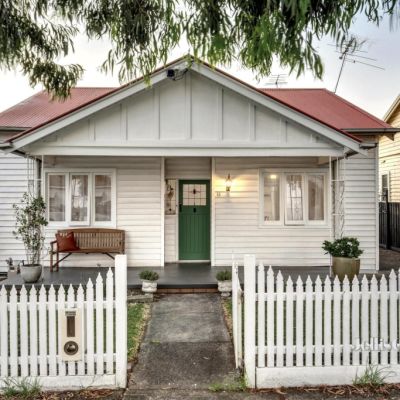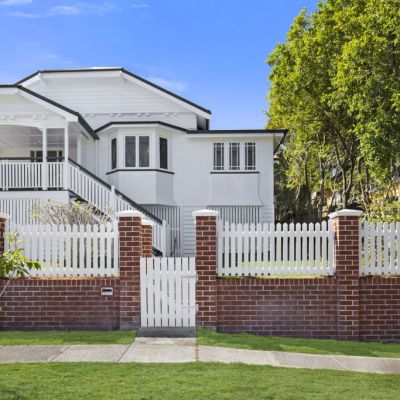How much is my house worth?
Has it gone up? Has it gone down? Is it time to sell? Or renovate?
We are a property-obsessed nation, and almost every home owner out there wants to know just how much their nest-egg is worth.
The good news is, it’s easier than ever before.
How can I work out how much my house is worth?
There are several ways to find an estimated value of your home.
- The Domain for Owners estimate tool. A quick and easy calculator that can generate an estimated price in an instant. You can also edit the property details and track the estimated worth over time.
- Ask a real estate agent for an appraisal. They will inspect your property and provide an estimated price range, based on their opinion and understanding of the broader property market conditions. This is usually offered as a free service by real estate agencies so it’s a good idea to request an appraisal from multiple agents, as figures can vary.
- Seek a formal property valuation from an accredited valuer. Unlike an appraisal, a property valuation is a detailed, legally binding report. Fees will apply.
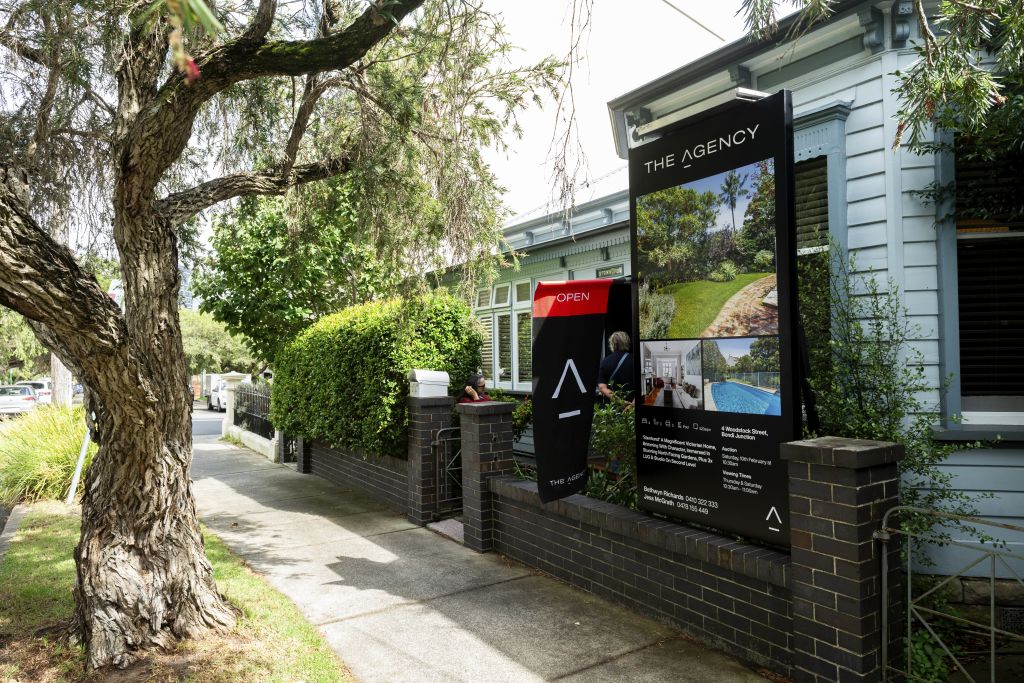
What is an estimated value and how is it calculated?
An estimated value is a computer-model estimate of the market value of a residential property. These computer models are known as automated valuation models, and they are continuously evolving with the emergence of machine-learning and AI technologies.
Domain’s model predicts price estimates with market-leading accuracy because it has access to a large amount of residential property information, including the majority of recent sales and recent listings in Australia.
Domain’s calculator considers all attributes of a property (the number of bedrooms, bathrooms, car spaces, etc) as well as comparable sales.
Why should I track the value of my home?
There are many reasons people seek a property valuation. First and foremost, it helps property owners make informed decisions regarding their finances and property investments. This could include decisions about buying, selling, renovating, retiring or refinancing.
After a valuation, home owners may be in a position to leverage existing equity in their property for other pursuits, such as applying for a loan to buy another property.

Valuations are also used to calculate land tax and council rates, but it is important to note the method of government valuations differs to other appraisal methods, such as those employed by banks and real estate agents.
For example, unimproved land value (UVI) refers to the value of the land excluding any buildings or structural improvements as determined by the Valuer-General.
Property valuations can also be necessary for superannuation purposes, family law matters and home insurance policies.
The estimate is too low/high for my home. Why?
A price estimate generated by a computer model is an estimate based on the most available data at the time.
But there could be relevant information about a particular property that a computer model does not have access to.
Likewise, because these computer models rely on historical data, if there is a market shift which is not yet reflected in any recent sales or listings, a price estimate may be a lagging indicator and under or over-value a property.
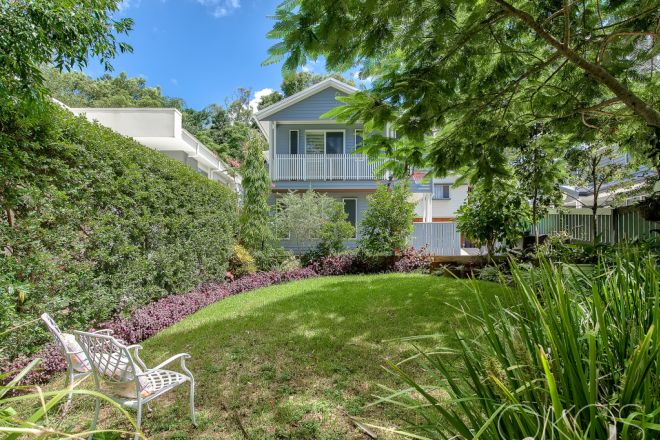
On the other hand, a computer model may be a more accurate representation of a home’s true market value when a home owner is not aware that recent sales or recent listings indicate the market has started to shift in an upward or downward direction. Home owners may also be emotionally invested in their own property, which may give them an unrealistic view of what their property is worth.
Why is the price estimate shown different to how the bank has valued my home?
This can be for two primary reasons.
Banks rely on automated valuation models (AVMs) in up to 50 per cent of home-loan applications, and each model will produce a different estimate. Additionally, a bank may rely on a blend of multiple AVMs, which means the valuation shown to a customer may be different from that provided by Domain.
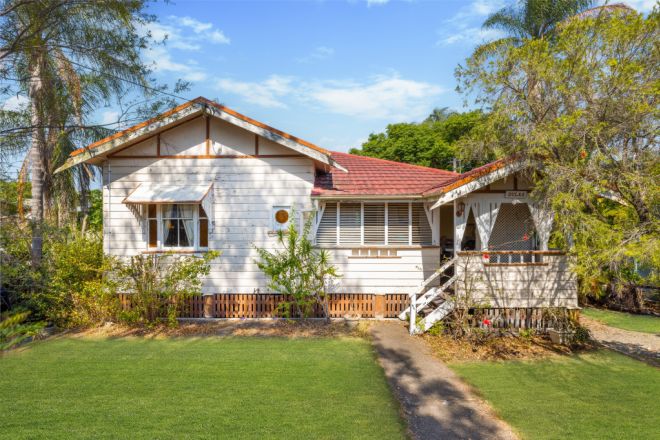
While Domain provides its AVM to every major bank in Australia, it is standard practice for these lenders to rely on multiple price estimate models to comply with their regulatory requirements, and ensure there are no consistent outliers.
In the other 50 per cent of cases, banks will ask professional valuers to step in. This is much more time-consuming for a bank as a person must physically inspect the property and prepare an estimate. It is almost guaranteed this estimate will differ from AVM price estimates, as the valuer will have access to more data about the specific property.
Why isn’t my property showing up?
Domain for Owners only provides an estimate on residential properties. If the land is vacant or commercial, the sale estimate may not display.
In some instances, there may not be enough comparable transactions in the area to calculate an estimated value.
The process of home evaluation
A formal property valuation assesses the current market value of a property.
Accredited property valuers will inspect the property, take notes and photographs and compile a comprehensive report.
Preston Rowe Paterson director Damian Kininmonth has been a valuer for three decades. He says accredited valuers have a legal responsibility that real estate agents are not required to uphold.
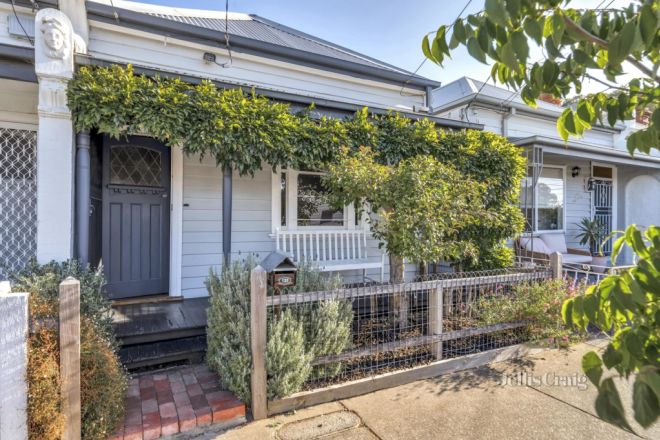
“A valuer has to carefully research the property before offering an opinion of value, and that opinion can be held accountable in a court,” he says. “The valuer’s opinion is arrived at after many years of tertiary study, professional training, research and experience.”
Valuations are unbiased and independent and can be relied on in legal settings, such as deceased estate settlements.
The valuation will take into account many factors such as:
- – the size of the property
– the number of bedrooms, bathrooms and car spaces
– fixtures and fittings
– the building’s age, architectural style and condition
– the standard of presentation and fitout
– building materials
– access
– location
– local council zoning and development potential
– recent sales in the area and other market conditions
The cost of a property valuation will depend on the location and type of property, and the complexity of the valuation, Kininmonth says.
“A standard residential dwelling that is the subject of a full valuation will generally cost about $1250 plus GST and represents about four hours’ work,” he says.
In most cases, the valuer’s report will be received within several business days of the inspection.
Typically, property valuations are conservative in nature, establishing the minimum price a property should be sold for. As a general rule of thumb, they are valid for 90 days from the valuation date.
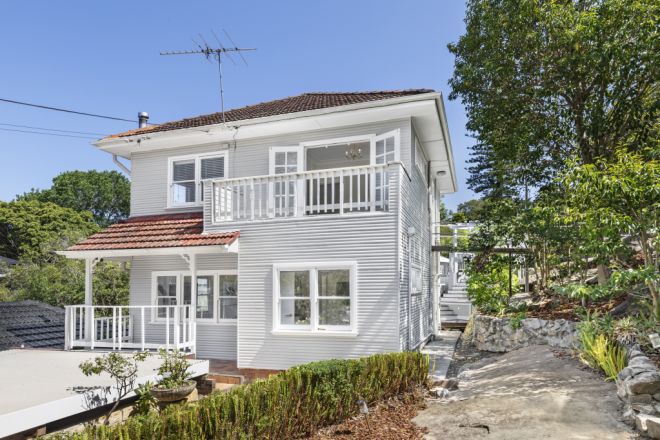
We recommend
States
Capital Cities
Capital Cities - Rentals
Popular Areas
Allhomes
More
